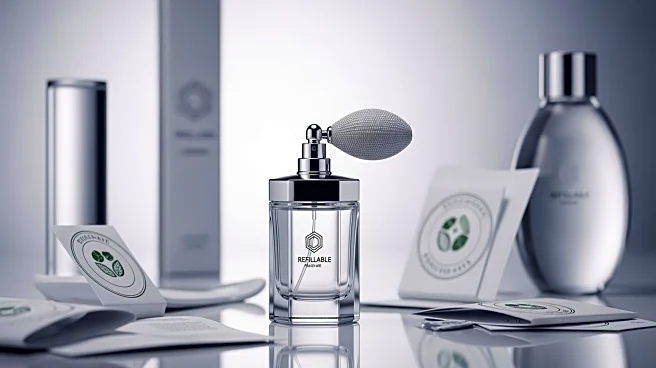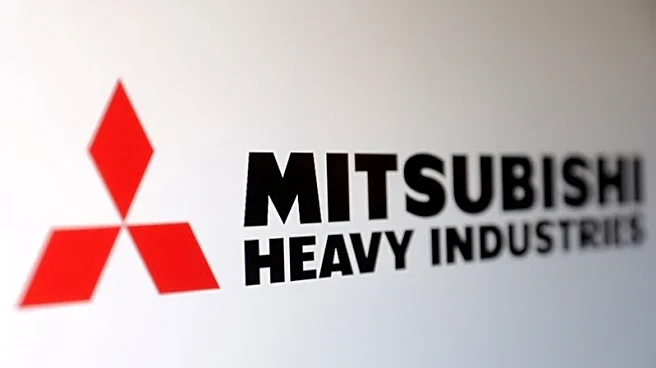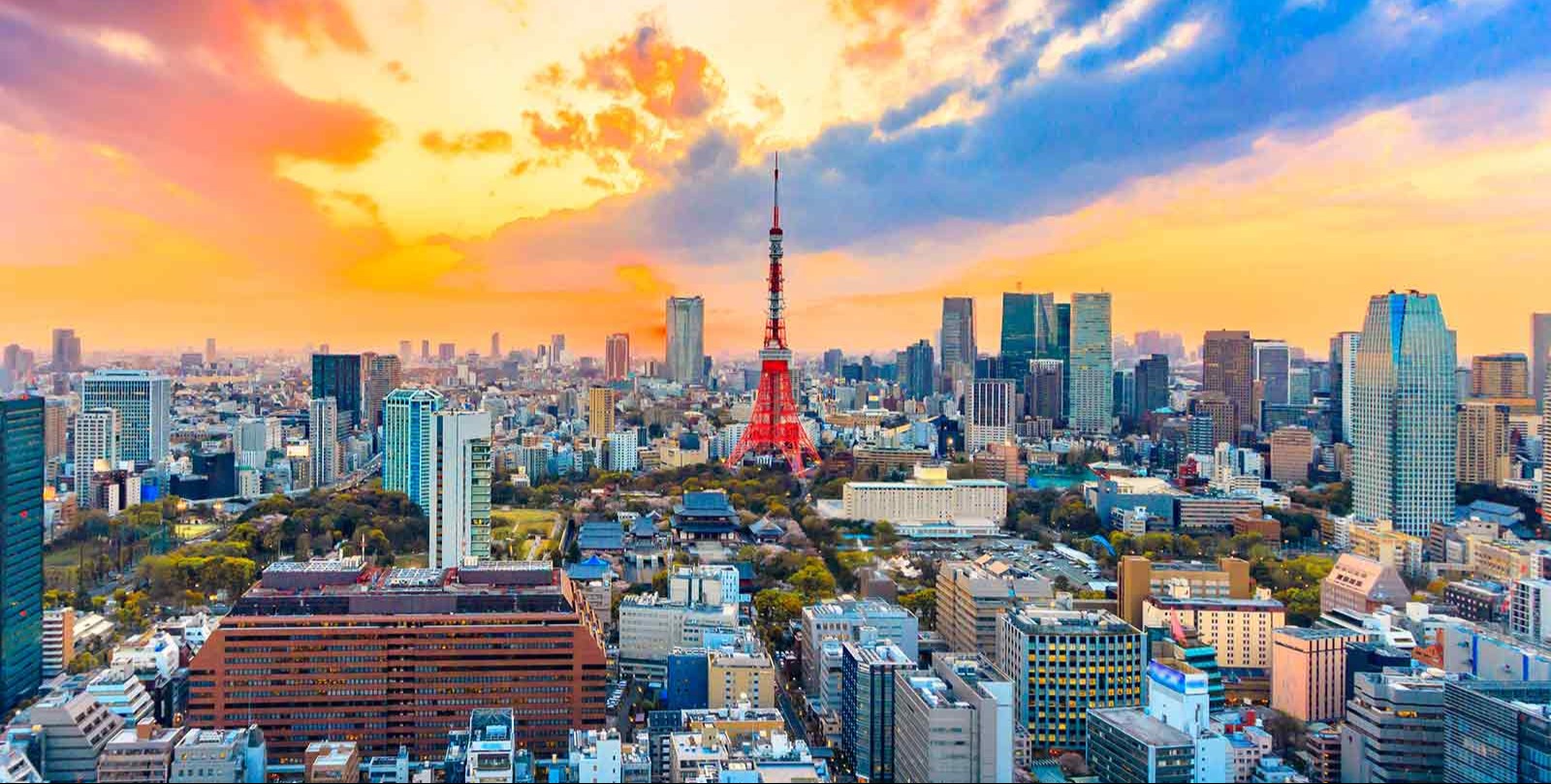What's Happening?
Refillable beauty products are gaining traction as high-end brands like Dior, Lancôme, and Guerlain introduce refillable options for items such as mascara, makeup remover, and eyeshadow palettes. This
trend, which began in Japan in the 1990s with refillable shampoo packaging, is now expanding globally. The concept aims to reduce packaging waste and conserve resources by increasing the utilization rates of packaging materials. In the beauty sector, refillable packaging is primarily applied to personal care and makeup categories, with a notable presence in makeup removers. Despite its growing popularity, the penetration rate in skincare products remains low, with minimal application in lotions and serums. Brands like ZHIBEN, KIMTRUE, and DDG offer refillable makeup removers at competitive prices, further promoting the trend.
Why It's Important?
The shift towards refillable packaging in the beauty industry reflects a broader movement towards sustainability and environmental responsibility. By reducing plastic waste and conserving resources, refillable packaging aligns with consumer demand for eco-friendly products. This trend could significantly impact the beauty industry by encouraging other brands to adopt similar practices, potentially leading to a reduction in overall packaging waste. Consumers benefit from cost savings associated with refillable products, while brands can enhance their image by demonstrating a commitment to sustainability. However, the success of this initiative depends on consumer acceptance and the ability of brands to effectively communicate the environmental benefits of refillable packaging.
What's Next?
As refillable packaging becomes more mainstream, brands may face challenges in consumer education and overcoming technical and cost constraints. The development of refill packaging requires significant investment in design and production, which could impact pricing strategies. Brands will need to establish effective recycling mechanisms and demonstrate tangible environmental benefits to gain consumer trust. The success of refillable packaging initiatives will likely depend on the ability of brands to balance sustainability with consumer preferences for elaborate packaging. Continued innovation and collaboration within the industry will be crucial to overcoming these challenges and promoting widespread adoption of refillable packaging.
Beyond the Headlines
The adoption of refillable packaging in the beauty industry highlights the ethical and environmental responsibilities of brands in the face of growing consumer awareness about sustainability. This shift could lead to long-term changes in consumer behavior, with increased demand for products that prioritize environmental impact. The trend also raises questions about the role of marketing in promoting sustainability and the potential for refillable packaging to become a standard practice across various industries. As brands navigate these challenges, they must consider the broader implications of their sustainability initiatives and the potential for refillable packaging to drive meaningful change in consumer habits.














